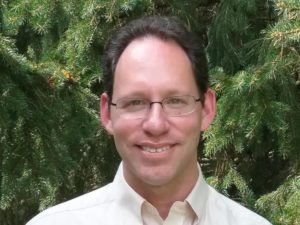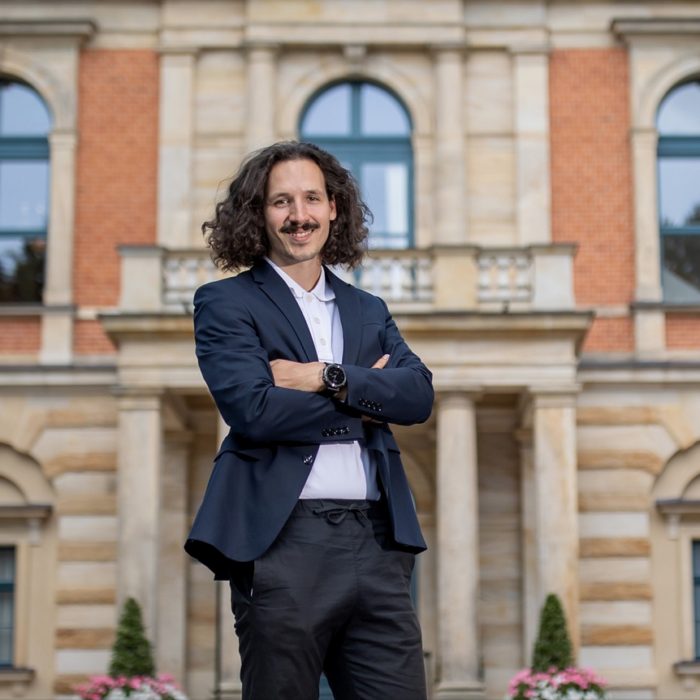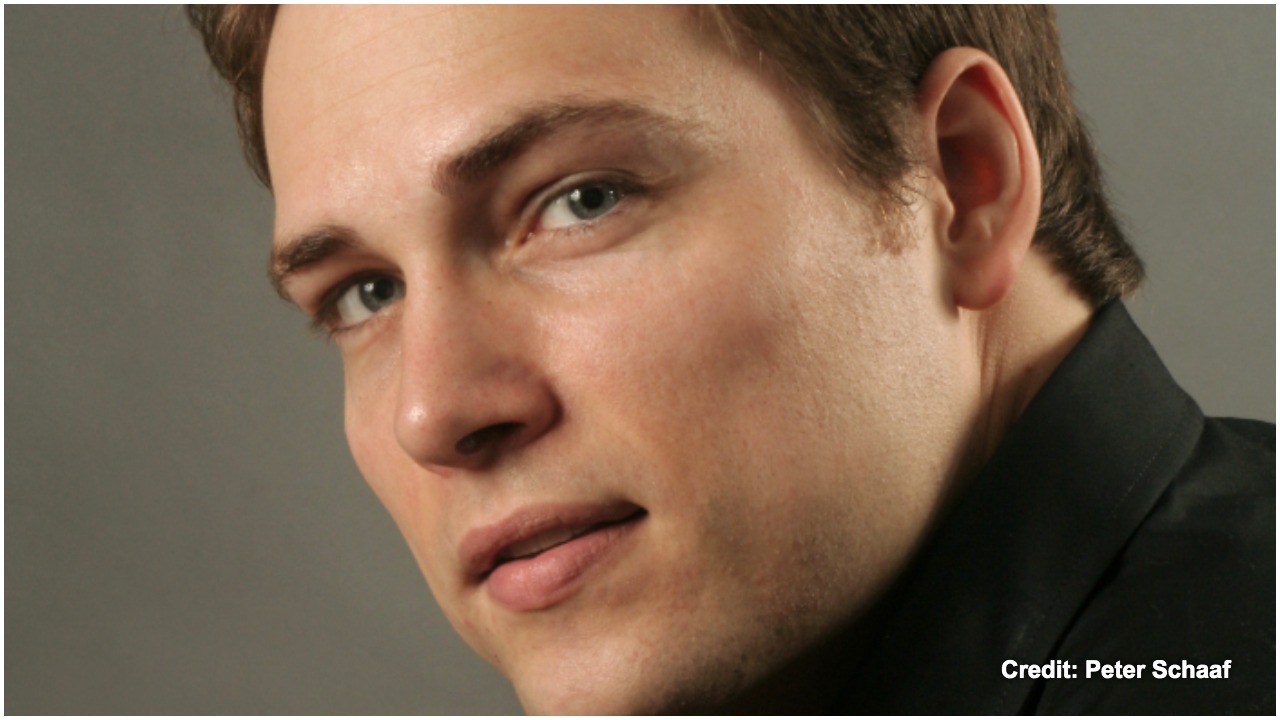
‘The Last Stand’ – Dr. Kamala Sankaram Discusses her Opera for Trees
By Greg WaxbergCredit: Dario Acosta
It has the elements of opera: singing; a story communicated through sound; and a hero that is born, faces obstacles, makes a sacrifice, and dies. The work in question is the public sound installation and experimental opera “The Last Stand” by Dr. Kamala Sankaram, to be presented by Creative Time in Brooklyn’s Prospect Park from September 18 to October 10.
Creative Time, an organization that has commissioned and presented public arts projects for over 45 years, selected Sankaram’s ‘The Last Stand’ from over 400 applications for its 2021 Emerging Artist Open Call, which offers artists the opportunity to create their first major public artwork. She sees a major difference between creating a piece to be performed in a theater and making a public work of art. “In theater, I have complete control over how people are going to experience the piece. For a public work, I can’t rely on theater tricks that I might otherwise use, and it isn’t necessary for people to see the entire piece [to be able] to take something away,” Sankarma said.
What people take away from “The Last Stand” will depend largely on how much time they can spend with it because this isn’t a typical three-hour opera with a typical main character.
“Last Stand” is a reference to the subject of the piece—a 300-year-old tree, specifically a Northern Red Oak, the “Mother Tree.” This phrase is the name for a tree’s final burst of energy, or flowering, before it dies. But before that death, “The Last Stand” takes a 10-hour journey to chronicle the Mother Tree’s life from its infancy as an acorn, lasting from 1750–2050.
How did Sankaram end up with a tree as her protagonist? The main inspiration was Peter Wohlleben’s book “The Hidden Life of Trees: What They Feel, How They Communicate—Discoveries from a Secret World.” There’s also the idea of how people perceive objects. “Our tendency to think of trees as inert objects is part of what allows us to ignore them and our impact on them,” she said. “They have a different kind of intelligence from humans. My work is about perspective-shifting and exploring empathy for trees.”
Her late sister, an architectural lighting designer who shifted to study landscape architecture, also read Wohlleben’s book, and the two wanted to work together on a project. “In a way,” Sankaram said, “this piece is a tribute to her, and her thinking about the natural world—the beauty, art, and sculptural quality of a tree.”
The composer also has an inherent interest in the environment, calling herself a “budding environmentalist at one point.” Even though she used to be an active protester, she sees “The Last Stand” as a “more hopeful way” to think about the environment and to consider what art can accomplish when it deals with social or political subjects.
As part of her research, she spoke with scientists who study trees. Among her discoveries: trees are social and share resources with each other; and the life of a tree in a park is different from the life of a tree in a forest. Among her questions: for a tree, is there something analogous to music? What might a tree find pleasant? The answers: the sound of a healthy forest and the sounds of birds and animals. “That’s what this piece became,” she said, as it calls attention to how the soundscape changes during the life of the Mother Tree, as well as the story of human interaction with the forest.
The sound will reach visitors in a variety of ways because the installation lives in trees arranged in a circle around a center tree. “The structure itself, as it weaves and winds around the audience of trees at Prospect Park, references conservation efforts in wetlands and forests,” said Alex Winters, Creative Time’s Head of Programming. Winters also says “the structure performs a utility by which the sound piece is experienced. . . yet does not compete with the composition Kamala has created. The wooden form modulates in height, providing sonic barriers and inviting intimacy in a busy and well-loved city park.” (Prospect Park was selected for its accessibility to multiple subway lines and for the age of its trees.)
Listeners will experience a full sphere of surround sound, with vibrations. “Visitors will experience sounds from the forest moving through the cycle of seasons. New sounds emerge, like cars and planes, and some sounds disappear. Sitting through it will produce a subtle awareness of changes. People can also walk away and come back to see what’s different,” Sankaram said.
Much of the sound comes from her field recordings of animals, frogs for example, so this concept of “nature within nature” presented a challenge. “The sound couldn’t be totally naturalistic because it would be indistinguishable from natural sounds. So, it’s hyperreal—the sounds from the recordings are combined in a way that wouldn’t exist in nature, and a possible takeaway is that people might notice rhythms of nature,” Sankaram explained.
As it happened, the frogs made a personal difference for her, one that represents her wish for the piece. “A few weeks ago, I was walking down a street in the Bronx and heard the gray tree frogs that I had heard in the forest. I never noticed the frogs before. I am hoping this piece will shift our listening so that we hear things that we didn’t pay attention to before—but that were always there.”



